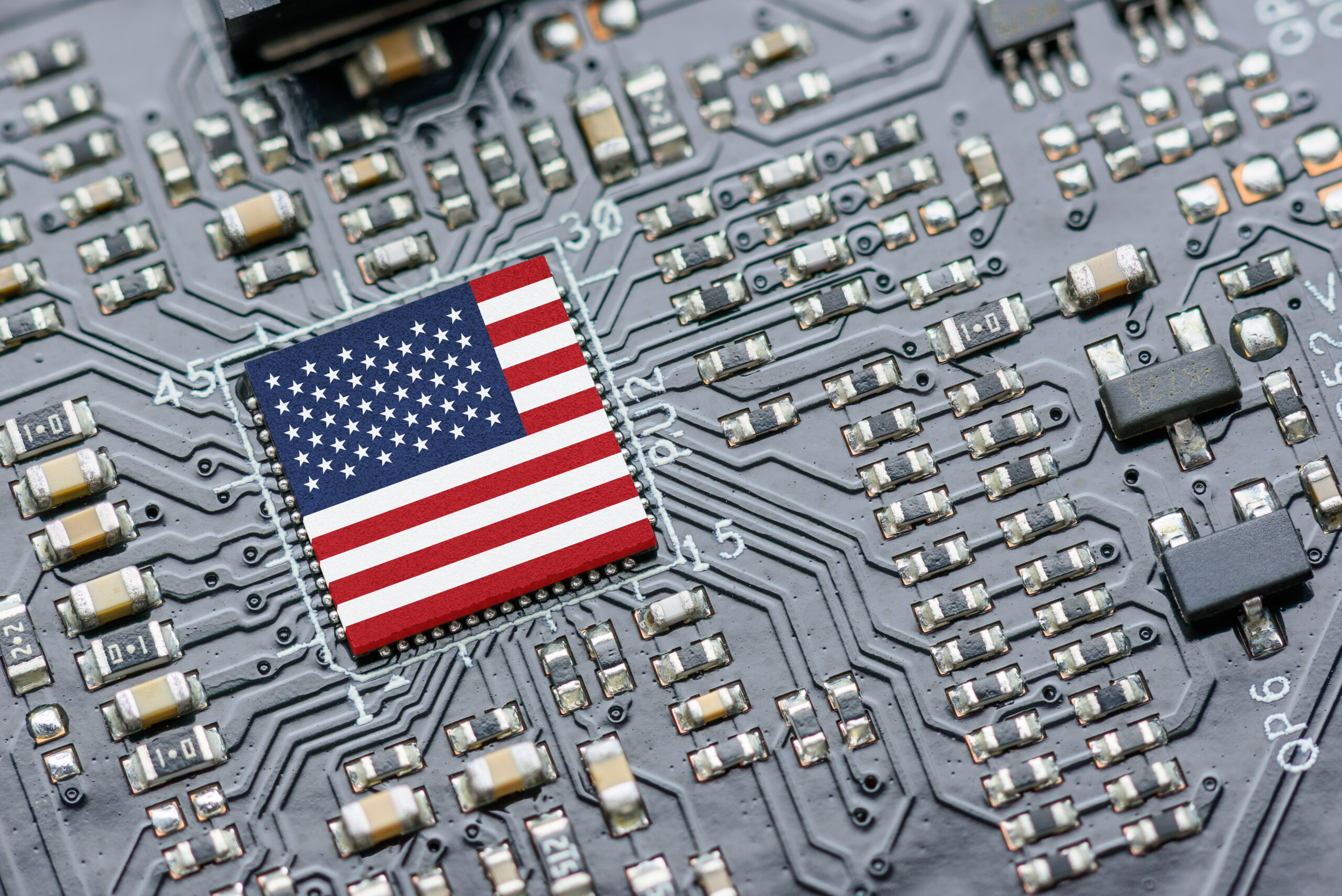Well, thanks to Ronnie, the manufacturing prowess of America went to China in order to gin profits for stockholders, a grasshopper fiddling in the summer routine that's now coming back to haunt us as everything has a cost. This time, it's computing as the ability for the US to stay ahead of the Chinese in terms of computing is nearly gone due, in large part, to the fact we no longer fab state-of-the-art chips as we used to back in the day. Losing one's mojo is not good, especially in the most crucial industry in the entire world.
American usage of advanced computing to solve commercial and government issues has a long and august history that ranges from weather and climate simulations to drug discovery and protein folding simulations. Since computing’s early days, Americans have been at the forefront, outpacing foreign rivals and providing a competitive advantage for U.S. businesses. But American computing leadership is not a birthright; it must constantly be re-earned and, at this moment, it is in jeopardy. In nearly every major aspect of computing, from hardware manufacturing to algorithm design to advanced computing systems, American leadership is waning or already gone. Instead, other countries, particularly China, are ascendant. At this point, only large, sustained, and coordinated investments can prevent America’s loss of leadership.
But the real danger is in losing the brainpower needed to stay ahead, something most disquieting as the Chinese have caught up. The question to ask is, do we have the vision and drive to compete as we move further into the 21st century?
Interesting facts, Moore's Law has changed everything in terms of compute power. The cost of staying current increases in lockstep as chips become evermore powerful as seen by Georgetown Public Policy Review's chart.
Past as prolog indeed.






No comments:
Post a Comment